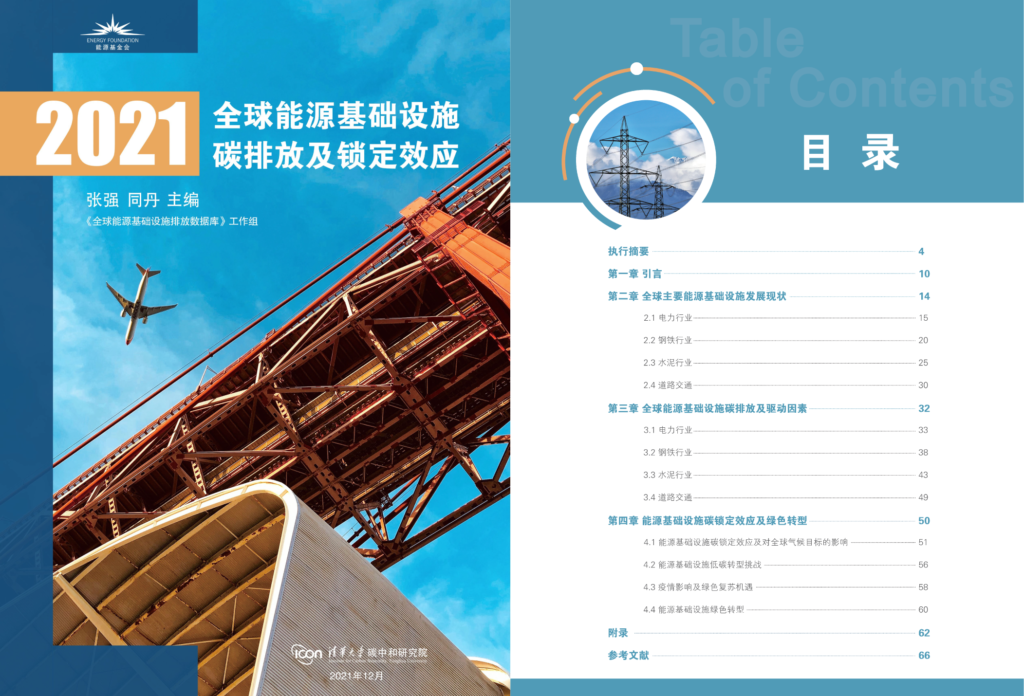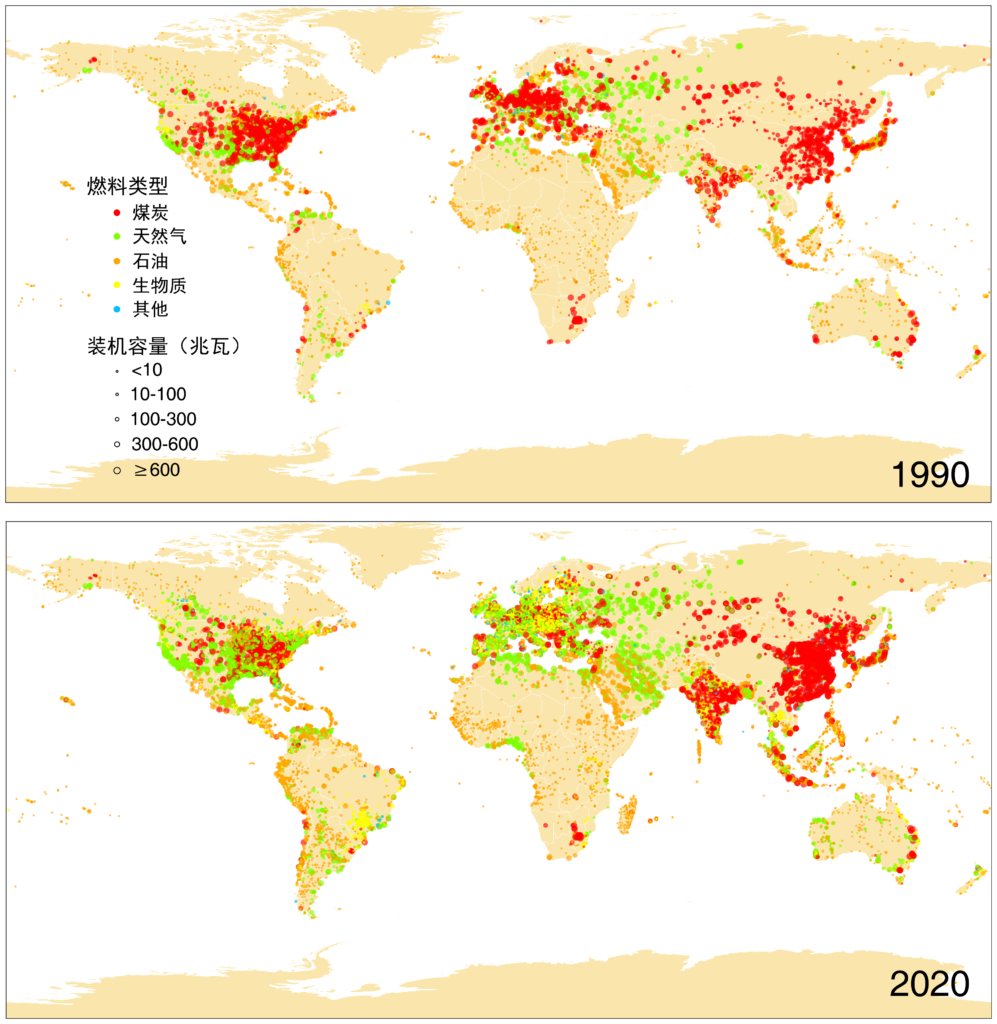2022-01-10 | GID Team
Global economic development is highly dependent on fossil fuels currently. The energy infrastructure (e.g. power plants, iron and steel plants, cement plants, petrochemical factories, oilfields, coal mines, and vehicles etc.) emits a large amount of greenhouse gases (GHGs) and air pollutants when generating and consuming fossil fuels, which has a detrimental impact on climate change, air quality, and human health. Considering its several-decade lifetime in general, current newly-built infrastructure will generate a large amount of carbon emissions in the future and result in carbon commitments, seriously threatening low-carbon transition and the climate goals of Paris Agreement. In the context of climate change mitigation, global energy infrastructure development will face great challenges of low-carbon transition in the next several decades, and the potential transition pathways and related climate and environmental impact are the common concerns of both scientists and decision makers.
In this context, supported by Institute for Carbon Neutrality of Tsinghua University, Institute for Global Change Studies of Tsinghua University, and Energy Foundation, GID working group invited and organized the experts and scholars in the field of carbon emissions and climate changes to jointly draft and complete the research report “Carbon Emissions and Commitments of Global Energy Infrastructure 2021” (in Chinese). The report aims to track the emissions from global energy infrastructure innovatively by targeting each facility, and further identify the major challenges of energy infrastructure development in the ongoing process of low-carbon transition. Potential mitigation strategies are also presented as important references for decision-makers in both governments and industries, which offers Chinese wisdom to promote low-carbon transition of global fossil-fuel infrastructure.


The report is based on the Global Energy Infrastructure Emissions Database (GID), which includes information on over 100,000 energy infrastructure units, to track the development of key energy infrastructure (i.e. thermal power, iron and steel, cement, and on-road vehicles) in the past thirty years, and analyze the changes and underlying drivers of its carbon emissions especially for major emerging economies. The report further reveals the carbon commitments of energy infrastructure and their impact on global climate targets, identifies the challenges of low-carbon transition, and proposes policy recommendations correspondingly.
The report has three main chapters: the first chapter focuses on the development of key energy infrastructure (i.e. thermal power, iron and steel, cement, and on-road vehicles) during 1990-2020, especially for China and “Belt and Road Initiative” countries; the second chapter presents the carbon emissions and underlying drivers of key energy infrastructure mentioned above during 1990-2020; the third chapter reveals the carbon commitments of energy infrastructure and their impact on global climate goals, identifies the challenges and opportunities of low-carbon transition, and proposes policy recommendations correspondingly.
This is the first research report compiled based on GID database. GID team will develop and improve the database continuously in the future by expanding the temporal, spatial, and sectoral coverage and improving the accuracy of the database. GID team will also make efforts to build an open, cooperative, and resource-shared platform for further in-depth scientific research and more targeted policy recommendations, in order to make contributions to global climate change mitigation and sustainable development.
The report can be download from here.
